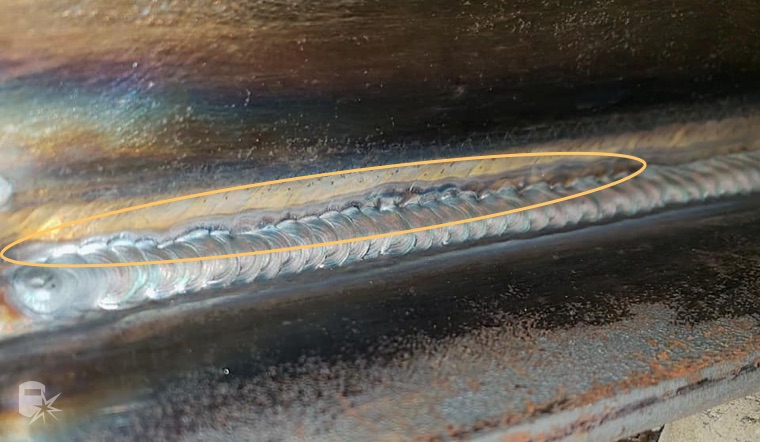Preventing Weld Undercut: Proven Approaches Every Welder Ought To Know
Wiki Article
Mastering the Art of Welding: Just How to Avoid Undercut Welding Issues for Flawless Construction Outcomes
By understanding the origin triggers of undercut welding and executing efficient methods to avoid it, welders can boost their craft to new levels of excellence. In the search of remarkable construction results, grasping the art of welding to stay clear of undercut concerns is not simply an ability yet a need for those making every effort for excellence in their job.Recognizing Undercut Welding

To protect against undercut welding, welders should ensure proper welding parameters, such as adjusting the current, voltage, travel speed, and maintaining the appropriate electrode angle. By understanding the causes of undercut welding and executing precautionary steps, welders can accomplish premium, structurally sound welds.
Root Causes Of Undercut in Welding
Comprehending the factors that add to undercut in welding is important for welders to create high-quality, structurally audio welds. Insufficient welding existing or inaccurate welding speed can additionally add to undercut. Understanding these causes and applying proper welding methods can assist stop damaging concerns, making sure resilient and solid welds.Techniques to stop Undercutting

To minimize the threat of undercutting in welding, welders can employ calculated welding techniques aimed at boosting the top quality and integrity of the weld joints. Furthermore, using the appropriate welding technique for the details joint arrangement, such as weave or stringer grains, can contribute to reducing damaging.
Using back-step welding techniques and regulating the weld bead account can additionally assist disperse heat uniformly and minimize the threat of undercut. Regular assessment of the weld joint during and after welding, as well as carrying out quality guarantee steps, can assist in addressing and finding undercutting concerns immediately.
Significance of Proper Welding Specifications
Selecting and maintaining ideal welding specifications is important for attaining effective welds with minimal flaws. Welding parameters refer to variables such as voltage, existing, travel rate, electrode angle, and shielding gas flow rate that straight affect the welding process. These parameters must be very carefully changed based on the kind of material being bonded, its thickness, and the welding method utilized.Appropriate welding criteria make sure the correct amount of warmth is put on thaw the base steels and filler product evenly. If the criteria are established as well high, it can result in extreme warmth input, triggering distortion, spatter, or burn-through. On the other hand, if the parameters are also low, insufficient fusion, absence of infiltration, or undercutting might occur.
High Quality Assurance in Welding Operations

Conclusion
Finally, grasping the art of welding calls for a comprehensive understanding of undercut welding, its reasons, and techniques to avoid it. By making sure proper welding parameters and carrying out quality control practices, perfect fabrication results can be accomplished. It is crucial for welders to constantly pursue quality in their welding operations to stay clear of undercut issues and generate premium welds.Undercut welding, a common flaw in welding processes, happens when the weld steel doesn't effectively fill up the groove and leaves a groove or clinical depression along the welded joint.To stop undercut welding, welders should make sure proper welding specifications, such check it out as readjusting the current, voltage, traveling rate, and maintaining the right electrode angle. Insufficient welding inaccurate or existing welding speed can likewise add to damage.To reduce the threat of damaging in welding, welders can employ calculated welding strategies aimed at improving the high quality and honesty of the weld joints.In conclusion, grasping the art of welding calls web link for a detailed understanding of undercut welding, its causes, and methods to avoid it.
Report this wiki page